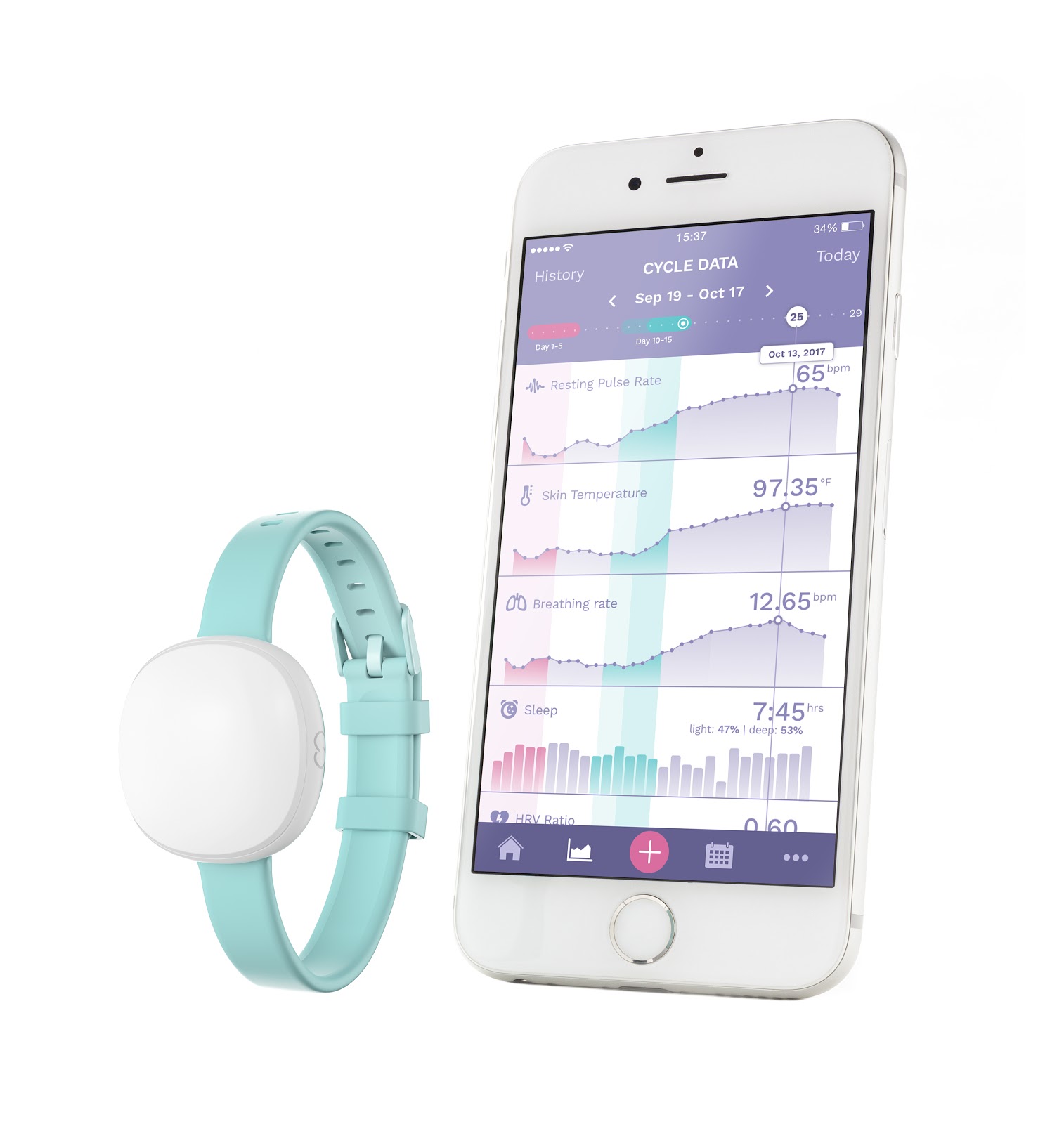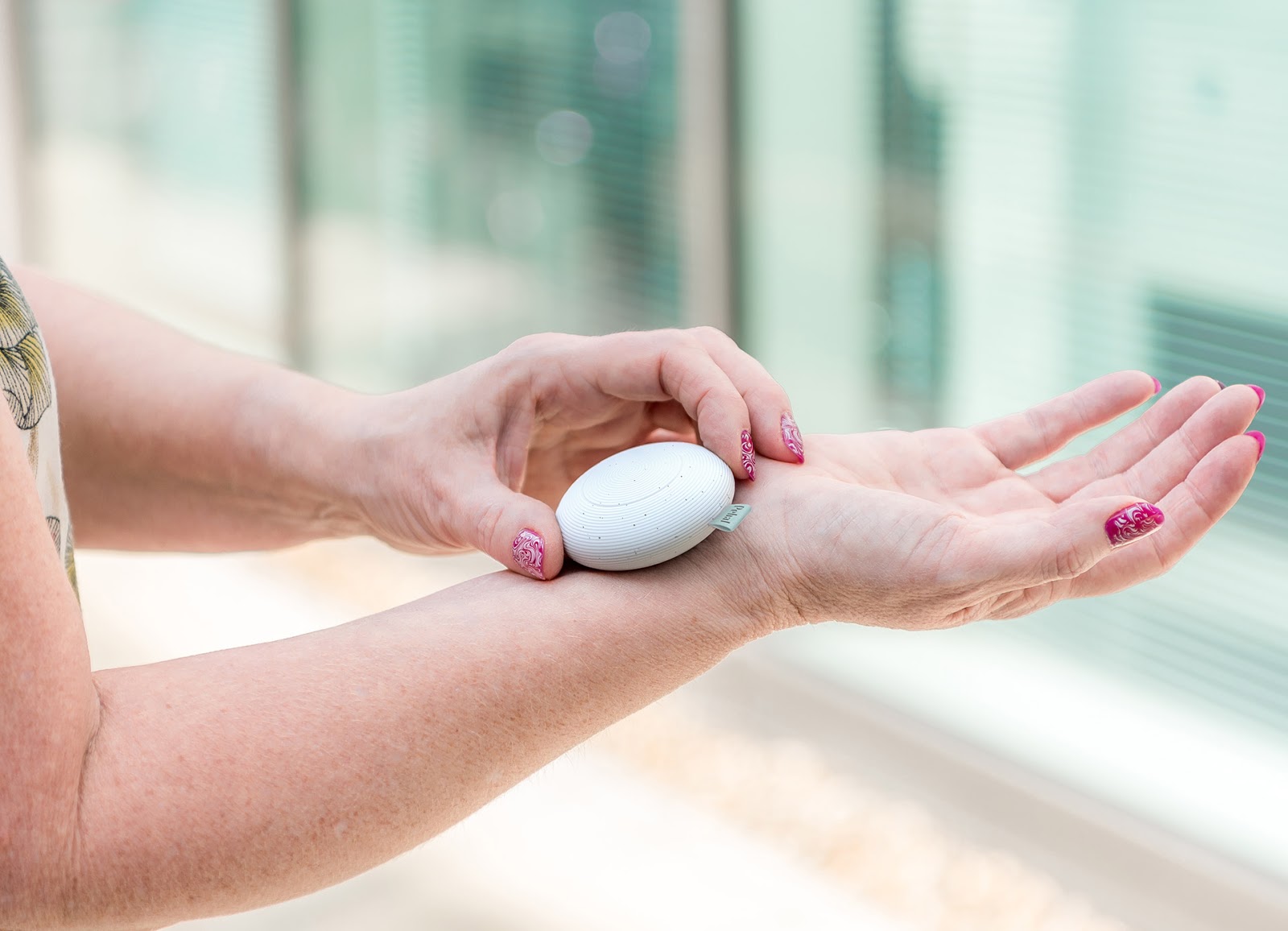The term “femtech” recognizes that women have unique health and wellness needs, and advancement in product offerings can positively impact a woman’s journey through life. From puberty to postmenopause, fertility to postpartum, we can develop products focused on improving awareness, diagnosis, treatment, health monitoring, and rehabilitation. The market potential for addressing these areas is expected to exceed $48B by 2025, providing sufficient impetus to take these ideas into reality. The healthcare innovation landscape is focused on enabling technologies such as wearables, apps, connected devices, and digital services. To complement the technology, product developers must bring domain experience suitable for this market: design practices need an understanding of women’s unmet needs, supported by anthropometric, biomechanic, and biometric data.
With the Ava bracelet and the Pebl device, our team did just that: we paired informed design with empathy and viable user stories to yield successful, personalized products that meet the needs of the consumer. In this piece, we’ll discuss the development of these two products and look at what’s missing in the market, as well as how we can support and advance this community of innovation.
Ava
In 2018, Synapse designed the Ava 2.0 women’s health bracelet, a wearable fertility monitor. Ava uses a suite of biometric sensors to measure and record highly accurate and detailed biometric data while the user sleeps. This enables the system to compare daily physical response to established biorhythm baselines. Minute changes in the body are tracked and compared with both last month’s data and data from additional sensors in order to provide the most comprehensive picture of the user’s fertility.


We intentionally staffed this project with a small, expert team of women. Could men designers have come up with the same answers? Possibly. Did we as women feel the urgency of getting this point out that the bracelet needed to look good if it was going to sit on a bedside table every day? Yes. Did we quickly realize that no one on the design team washed their hands right before bed, but almost everyone used lotion before or in bed? Yes! Did these experiences make our team faster and more efficient in our design cycles? Absolutely. The criticality of fleshing out user studies was highlighted by having a design team who understood the target market so deeply. We kept a tight control over the requirements, and established our user stories and customer priorities early. All of these factors lead to the Ava project being one of the fastest to-market product development cycles we’ve seen at Synapse.
Pebl
The health needs of women are not static throughout their lifetime. There are an estimated 20 million women in the US experiencing menopause. A busy lifestyle, debilitating symptoms and social stigma make menopause unbearable for many women. One of the most embarrassing and disruptive symptoms is hot flashes. Commonly considered a minor inconvenience, menopausal hot flashes can can disrupt work, sleep, and social life for up to 15 years, yet there are no viable medical treatments.

The Pebl is a menopause care concept centering around hot flashes. Our team, in conjunction with the National Innovation Center for Ageing and Open Lab at Newcastle University (UK) jointly held three workshops with women in the target demographic. The purpose of the workshops was to understand the impact of menopausal hot flashes and learn how women manage their symptoms today. Attendees reported that they arrived at menopause feeling unprepared for the major impact that it would have on their lives. Hot flashes were unpredictable, arriving suddenly and having a disruptive effect in the workplace or on sleep during the night. While women employed a variety of strategies to manage these hot flashes, from drug-based approaches such as HRT to herbal remedies and cooling pillows, the overriding sense was that the symptoms of hot flashes were difficult to manage. One woman attendee commented, “I’m irritated by the disruption this is causing to my life…I’m tired, and it has had a massive impact on my quality of life.”
We presented some initial device concepts that would provide instant cooling on-demand in order to counter hot flashes. The devices would have cooling consumables loaded into them, providing instant cold relief, as if an ice cube had been applied to the skin. When a woman feels a hot flash coming on, she could simply press the large button on Pebl and a small dose of a coolant is released onto the inside surface of a metal plate, creating a cold external surface that is applied to the body where desired. Pebl is visualized as being a flexible hand-held product, designed to give women the freedom to choose where to place it. The compact design would allow women to use it in public, at home or at work, without drawing unwelcome attention. Subtle surface detailing would create a tactile and comfortable experience.
Conclusion
In addition to the Ava tracker and the Pebl, we’ve seen a huge increase in innovation activity across a number of femtech areas. We’re excited about the innovation done by our friends over at Willow, who have developed a breast pump that is worn discreetly beneath your clothes. As well as Everlywell, who has developed novel in-home tests for fertility. Elvie has seen a lot of press lately: their suite of products includes both a breast pump and a pelvic trainer, addressing both postnatal care and sexual health. Cora is a pioneer in the area of menstrual care, providing customized services that allow women to choose their preferred menstruation products and receive them directly as a subscription.
Increased awareness will continue to drive this wave of innovation, buoyed by more available funding and a market focus on actually addressing women’s needs with the technology. As we further refine our best practices for developing women’s products, we will continue to focus on using empathy to center women’s needs and stories in our design practice.
We are incredibly excited to help push product development forward and innovate our way to better health, wellness, and quality of life for women and all people who can benefit from femtech development.
